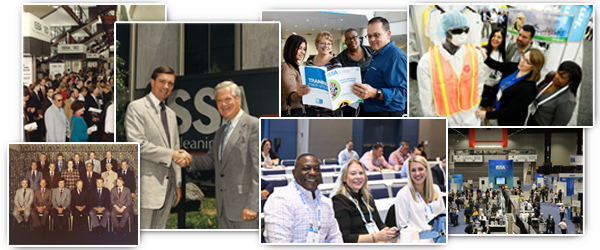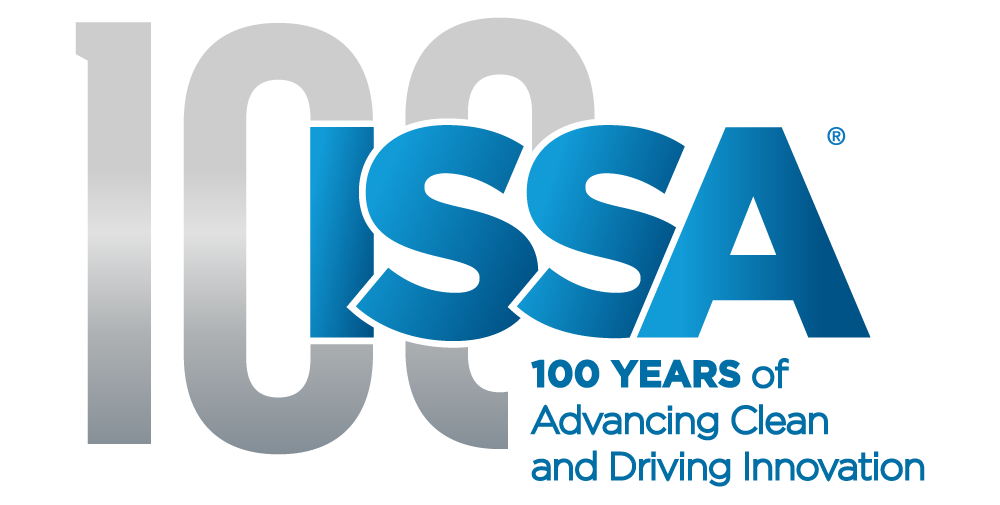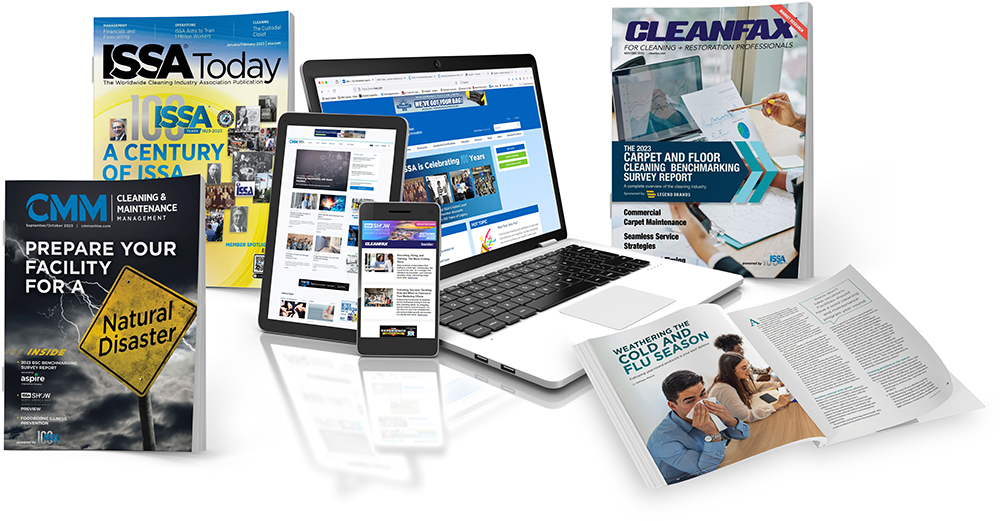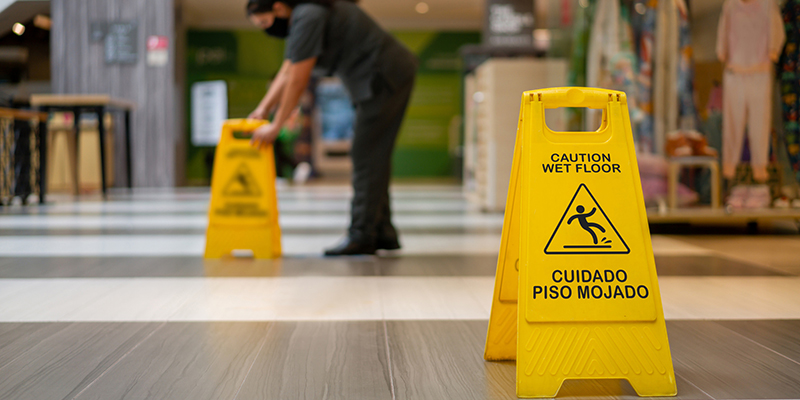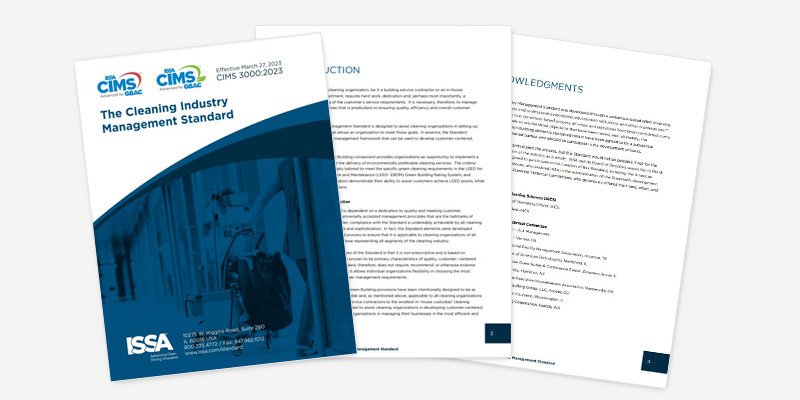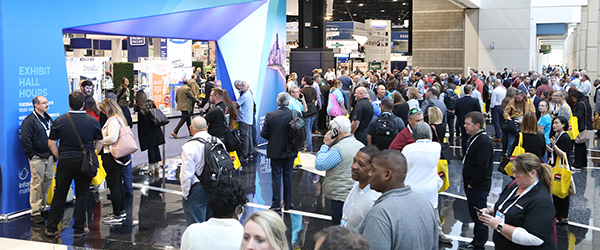Cleaning Efficiency
Cleaning contractors across the country are saying the same thing: Business is booming, but they just cannot find enough workers. Many others in the professional cleaning industry, including in-house cleaning operations, distributors, and manufacturers, are voicing the same concern.
Whereas most had the staff they needed before the pandemic—with job applicants still walking in the door—that has not been true since the first of 2021, when the repercussions of COVID-19 started to subside. (See sidebar: Online Job Postings for Cleaning Workers Skyrockets)
Further, the shortage goes far beyond the cleaning industry. According to a June 2021 report from the U.S. Chamber of Commerce, there is a worker shortage throughout the United States in scores of different industries.
Interestingly, they are calling the situation “the most critical and widespread challenge facing businesses today.”1
There are many reasons for this lack of workers, some you may not have even considered. For instance, a key concern for many people is affordable and accessible child care. This issue has been magnified because many schools around the country remain unopened. The result: Child care centers are hard to find, and when you do find them, charges have gone up. It is a simple demand-and-supply situation.
Another factor, which has been widely reported, is that the federal supplemental unemployment payments that workers are getting have discouraged some people from going out and getting a job. This is now being addressed. Several states are no longer making the added contributions, and it was discontinued on a federal level on September 6, 2021.
And then there’s another challenge, and this one applies directly to the professional cleaning industry. Many workers do not want to return to their old cleaning jobs. For instance, a chain of gyms in Chicago called back its custodial staff when it was given the green light to open last year. Of those who came back, some stayed for a while but then decided to leave. Reasons they gave for leaving are:
- Concerns about their health.
- A desire to take advantage of the government stimulus checks.
- Plans to go back to school and learn another skill.
- They obtained another job.
For now, most economists see labor shortages as temporary. However, there may be a more significant issue here that is not being addressed. What are now considered temporary worker shortages may become permanent.
According to the St. Louis Federal Reserve, the working population in the United States—those aged 15 to 64—is on the decline. Even if people work beyond the traditional retirement years, it appears there may still be a lack of workers for some jobs in the future.2
From ergonomics to productivity to efficiency
In the 30+ years I have been a part of the professional cleaning industry, there have been three so-called theme-setting terms. These are:
- Ergonomics.
- Productivity.
- Efficiency.
The term ergonomics was an industry theme word a good 20 years ago. It evolved from reports at the time, primarily from the Occupational Safety and Health Administration (OSHA) and the U.S. Bureau of Labor Statistics (BLS), which suggested a direct link between cleaning work’s physical stress and workers’ sometimes experiencing permanent pain. One of the primary reasons for this was that most cleaning equipment, at that time, was designed for the cleaning task and not necessarily for the worker performing the task.
Productivity, while always an issue, took center stage in the 2000s. Labor charges were escalating, and cleaning workers were being pressed to do more in a shorter amount of time. To address this, manufacturers introduced cleaning equipment that could do more—faster—increasing productivity. Further, multitasking equipment—machines that could be used for more than one purpose—were introduced. These innovations eliminated the need to switch cleaning tools and sped up the work.
Around this time, High Flow Fluid Extraction (HFFE) systems (now known as No-Touch Cleaning® systems) were introduced to clean commercial restrooms. When compared to traditional cleaning methods—mops, sprayers, cleaning rags, etc.—ISSA’s 612 Cleaning Times determined these systems could clean commercial restrooms in a third to as much as one-half the time of traditional cleaning methods—a significant productivity booster.
However, today, the theme word for our industry is efficiency. Some might ask, aren’t productivity and efficiency the same? They are similar, yes, but if we take a closer look, we can see some key differences.
Productivity:
- Refers to the rate at which cleaning tasks are performed.
- Describes how much output is required by the custodial worker to perform a task.
- Is used to measure the amount of work completed.
- Focuses on quantity.
Efficiency:
- Refers to performing cleaning tasks using the least amount of time, energy, and money.
- Focuses on minimizing waste—such as wasted movements—and maximizing output.
- Emphasizes the optimum use of resources. Efficiency means reducing waste, be that water and chemical usage, or energy consumption.
- Values quality over quantity.
The bottom line is that efficiency is accomplishing something in the least amount of time, with the least amount of effort, and ensuring it is done correctly, time after time.
Efficiency and robotics
“Without question, the use of robotic cleaning systems is helping us address the current worker shortage,” says Mike Sawchuk, with Sawchuk Consulting, a business coach working with building service contractors throughout North America. “The inclusion of robotic cleaning equipment helps alleviate more mundane jobs [so] cleaning workers can perform other more important cleaning tasks.” Some contractors also believe the use of robotic cleaning equipment has resulted in fewer worker injuries. The machines are now handling the more dangerous tasks.
Further, using cloud-based data, these machines not only can be taught to perform specific tasks—satisfactorily and repeatedly—but also can remotely monitor and measure the results. “This drives efficiency while reducing the number of workers necessary to perform cleaning tasks—or, as mentioned earlier—allows them to focus on other cleaning duties,” adds Sawchuk.
Efficiency and tutors
Another way to help improve worker efficiency is to ensure that the workers we now have are well trained and re-trained as required. However, training has always been a challenge in the professional cleaning industry. And today, with a shortage of workers, those challenges have been compounded.
“One of the key concerns, especially now, is that once a cleaning worker is hired, they may be off to another job in a relatively short period,” says Matt Morrison, communications manager at Kaivac Inc., manufacturers of cleaning systems designed to stop the spread of infection. “Because of this, cleaning contractors are reluctant to invest a great deal of time in training.”
This likely is also true for those hired by in-house housekeeping departments.
But training is imperative. “If there is one thing we have learned from the pandemic, it is that well-trained cleaning workers are essential,” says the “Father of Green Cleaning,” Steve Ashkin of The Ashkin Group. “Cleaning does not happen by magic. It’s taught, and in a post-COVID world, it needs to be taught repeatedly.”
One way some contractors and in-house cleaning professionals are tackling training is by using new technologies such as electronic tutors. At least one system looks like a small tablet mounted directly onto the cleaning machine. While the unit is small, it contains a library of training videos and cleaning best practices. According to Morrison, these systems improve training in several ways:
- They eliminate the need for someone to train the cleaning worker, freeing up staff.
- The worker can learn on their own, at their own pace, and repeat the training as often as required.
- Recall is enhanced because of the play, pause, and practice capabilities of some systems. (See sidebar: The Cone of Learning)
Effective training and re-training that employs technology helps minimize costs, conserves resources, and ensures cleaning work is performed correctly and effectively on a consistent basis. It also helps improve professionalism, and some believe it will help attract younger workers to the industry.
“Mops, buckets, and rags were never attention getters for young people,” adds Morrison. “But new technologies and training systems have the potential of attracting younger and more technically qualified people to the industry. This bigger pool of workers can help alleviate the worker shortages we are seeing now and in the future.”
Resources:
1 Alison Kosik, America’s worker shortage is real and getting worse by the day, US Chamber CEO says, CNN Business
at cnn.com, June 1, 2021. https://www.cnn.com/2021/06/01/
economy/worker-shortage-us-chamber-of-commerce/index.html
2 Organization for Economic Co-operation and Development, Working Age Population: Aged 15-64: All Persons for the United States, retrieved from FRED, Federal Reserve Bank of St. Louis; July 5, 2021. https://fred.stlouisfed.org/series/LFWA64TTUSM647S





